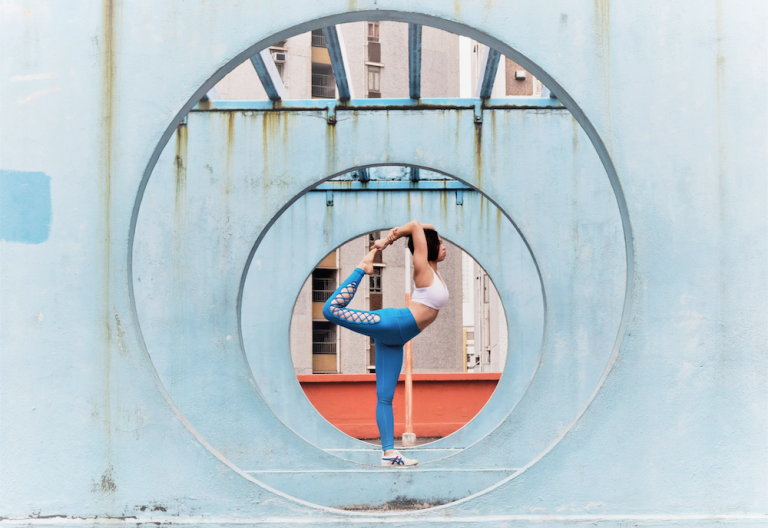If you’ve signed up for the Institute’s CPA Virtual Run 2021, you may be wondering about the best way to complete it. Whether you’re an avid runner or just starting out, anybody who has finished a 3 km or even a 10 km run can tell you that it takes time to build the right amount of endurance.
If you are a beginner, and you don’t have a time to beat, you can use a run-walk strategy to finish and enjoy the 10 km race. But if you would like to run the entire 10 km, you will need some regular training to improve your aerobic endurance and increase your running distance. Gradually, you will be able to make the 10 km distance both physically and mentally manageable.
However, if you would like to hit a personal target, you will need to put in a bit of extra effort to train your pace and increase your stamina. Remember, a 10 km race is not a sprint. Some runners make the mistake of running too fast at the beginning, which can cause lactic acid to build in their muscles, causing fatigue, and their heart rate and breath rate to increase. You will not be able to keep your pace if you get tired, especially at the beginning, and this resulting loss of energy can be frustrating. To build endurance, you need to introduce some fast-paced running exercises on top of your easy routine runs, as well as interval training, which is key to strengthening your cardiopulmonary system. Your body can and will adapt to this high intensity workout, and your stamina will gradually increase.
But if you feel you are already ready to run a 10 km, here are 10 running tips to help with your training regimen, and to make that run easier, safer and more enjoyable.
Before a run
1. Choose the appropriate time: In the summer, Hong Kong’s hot and humid weather will cause your body to heat up at a faster rate, which can affect the performance of your run. To avoid dehydration or heat stroke, do not run in the scorching sun. Head out in the early mornings or in the evenings when the temperature is relatively lower.
2. Do not run on an empty or a full stomach: Eat something about 90 minutes to two hours before running. Easy-to-digest foods that are rich in carbohydrates like bananas or a peanut butter sandwich are ideal sources of fuel. Foods high in fat are best avoided because they are harder to digest.
3. Wear suitable running clothes: Wear lightweight and breathable clothing to keep air flowing around your body. Avoid wearing worn socks or new shoes as they may easily rub against or hurt your feet.
4. Run with a friend: Find a running mate and run together. Supporting each other during each run makes running easier and more enjoyable.
5. Do a sufficient warm-up: A pre-run warm-up helps prepare your muscles for a run, as it also lowers muscle tension, allowing them to contract faster and stronger, therefore enhancing performance.
During
6. Check your posture: Maintain good upper body form. Swing your arms without crossing the body’s midline and swing straight back and forth with the rhythm of your feet. Avoid large running strides to protect your knees from taking on additional weight.
7. Maintain your pace: Starting out too fast can quickly change your run into a frustrating experience, where you feel the need to stop and walk soon after. Start at a slow and comfortable pace. Gradually speed up while focusing on your breathing rate, arm swing and your strides.
8. Stay hydrated: Drink 500 ml of water or sports drink two hours before your run so you start off properly hydrated. Drink about 100-200 ml every 15 to 20 minutes while running to maintain hydration. The key is to drink before you feel thirsty.
9. Stay alert to stomach cramps: When you experience abdominal pains during a run, slow down and take longer and deeper breaths. If the pain is severe, stop running and rest until the pain is relieved.
After
10. Do cool-down exercises: After a run, do a few static stretches to reduce muscle tension. You may also consume food high in protein to speed up muscle repair.
“To build endurance, you need to introduce some fast-paced running exercises on top of your easy routine runs, as well as interval training, which is key to strengthening your cardiopulmonary system.”
















